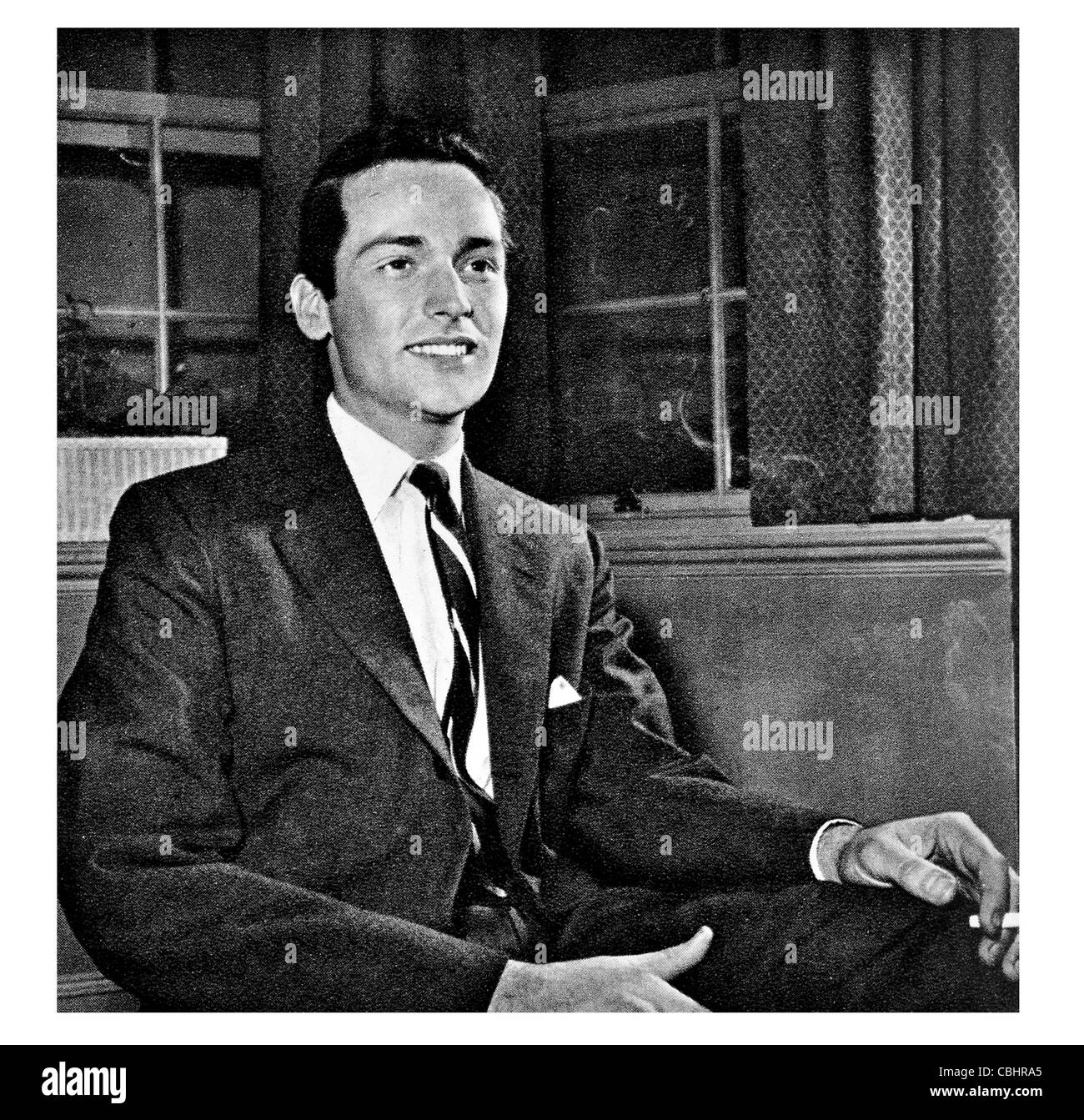

We can experience the screen direction present in successful films as we walk down the street (with our iPhone) and understand why a certain shot does or does not work. To be able to take something so diminutive and see an immediate result is a great teacher. The technology present in such a small, accessible device will not gift any of us genius, but I feel our ability to learn from it is profound. The burden is on you, the filmmaker, to devise a story that works for these tools and to be the eye that shapes the story into something unique.
#CINESCOPE IPA PRO#
It's almost crazy to think that an entire feature film could be shot using a smartphone, but judicious use of the Moondog Labs 1.33x anamorphic adapter, a gimbal, and apps like FiLMiC Pro and ProCamera 8 can yield professional results.

You would be better served to use a larger capacity iPhone and plan for breaks (meals, just before a location move, etc.) during which you would offload the media via AirDrop (to a laptop) and then the cloud (for safety) or a backup hard drive (recommended). If I were shooting a narrative or a documentary these pauses would be a serious impediment to continuous shooting. I was able to pause and upload videos to the cloud because I was only shooting short test clips. The bare minimum would be a 64GB iPhone 6. It made me a bit more disciplined when shooting videos, but I do not recommend it for a real world production scenario. Hard as it may be to believe, I shot all these tests using a 16GB iPhone 6. Remember to accurately offset the weight of the anamorphic adapter or the gimbal will not work properly.įor those who are interested in shooting on a tripod, the Joby JM1-01WW GripTight Mount is inexpensive and does the job: The gimbal gives you much more consistency. While you are able to shoot handheld for very brief shots, I would not recommend it for the bulk of what you shoot. You have two options: you either lock the iPhone down to a tripod or you use the gimbal. I can't imagine shooting video on the iPhone without it. What is constant is reliable 2K functionality for real world production. The Moondog Labs 1.33x anamorphic adapter gives you more information to work with onscreen and, without a doubt, adds production value to whatever you are shooting with the iPhone. I did not do extensive 4K tests, so I consider the debate open. There are some apps that claim to have 4K functionality, but of those I researched the most stable seemed to be the ones that offered a time-lapse function like TimeLapse. If you have the storage capacity, FiLMic Pro will shoot in 3K (since removed from the latest 4.1.3 build 237, but hopefully re-added soon). The iPhone 6 is a 2K camera for most purposes. Here you can see the squeezed 16:9 image I shot:
#CINESCOPE IPA FULL#
It allowed me to get the full benefit of the adapter. I have to thank the ProCamera 8 team for creating such a useful app. I tested at least three different photography apps (many which do not offer 16:9 as an option) with the adapter and the one that sold me was ProCamera 8 for its reliability, frequent updates and the ability to shoot both stills and videos in 16:9. It then became clear that if I began by shooting in a 16:9 native ratio that, when I expanded 1.33x, it would result in a final 2.39:1 Cinemascope image. Getting this so wrong, it did make me think.

I felt somewhat dim once I realized that shooting in 4:3 could only ever be expanded 1.33x to a 16:9 ratio (HDTV resolution). Not considering this, I tried to 'unsqueeze' all I could out of the adapter by expanding the resulting 16:9 image into the 2.39:1 aspect ratio I had expected. Natively, the iPhone Camera app shoots in a 4:3 aspect ratio. The first misconception I had using Moondog Labs 1.33x anamorphic lens adapter with the iPhone 6's native Camera app was over what would create a Cinemascope image.


 0 kommentar(er)
0 kommentar(er)
